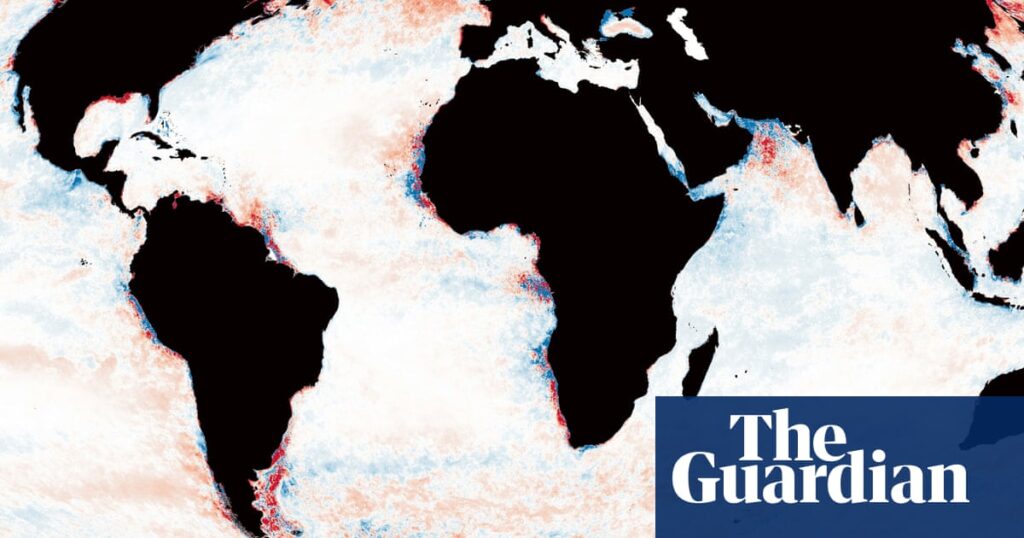Researchers have observed a concerning trend over the past 20 years: the planet’s oceans are becoming significantly darker. Between 2003 and 2022, satellite data indicated that over 20% of the world’s oceans have experienced reduced light penetration, particularly affecting a vast area of 75 million square kilometers—an expanse comparable to Europe, Africa, China, and North America.
Dr. Thomas Davis, a marine conservationist at the University of Plymouth, stressed the serious implications of this shift for marine ecosystems, global fisheries, and the carbon and nutrient cycles in oceans. Most marine life thrives in illuminated zones where sunlight supports phytoplankton photosynthesis, a fundamental component of marine food networks that produces nearly half of the planet’s oxygen.
The study, published in Global Change Biology, revealed that light zones in 21% of the oceans have become shallower, with 9% seeing reductions of 50 meters and 2.6% by 100 meters. Darker waters often result from factors like global warming, changes in ocean circulation, and increased nutrient input from land runoff.
While certain areas, approximately 10% of the ocean (37 million square kilometers), have become lighter over the past two decades, significant regions remain darkened. This alteration in light availability disrupts marine species’ behavior related to hunting, mating, and reproduction, leading them to migrate closer to the ocean surface, which could push them into less suitable habitats.
Professor Oliver Zilinsky from the Leibniz Institute for Baltic Sea Research highlighted the broader ecological risks of ocean darkening, warning that it could upset marine food networks, alter species distributions, and jeopardize the oceans’ climate regulation capabilities. Coastal regions, particularly impacted by human activity, are especially vulnerable and crucial for ecological health and human well-being.


